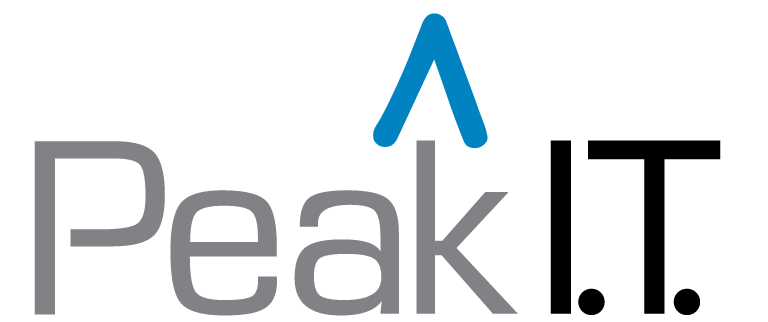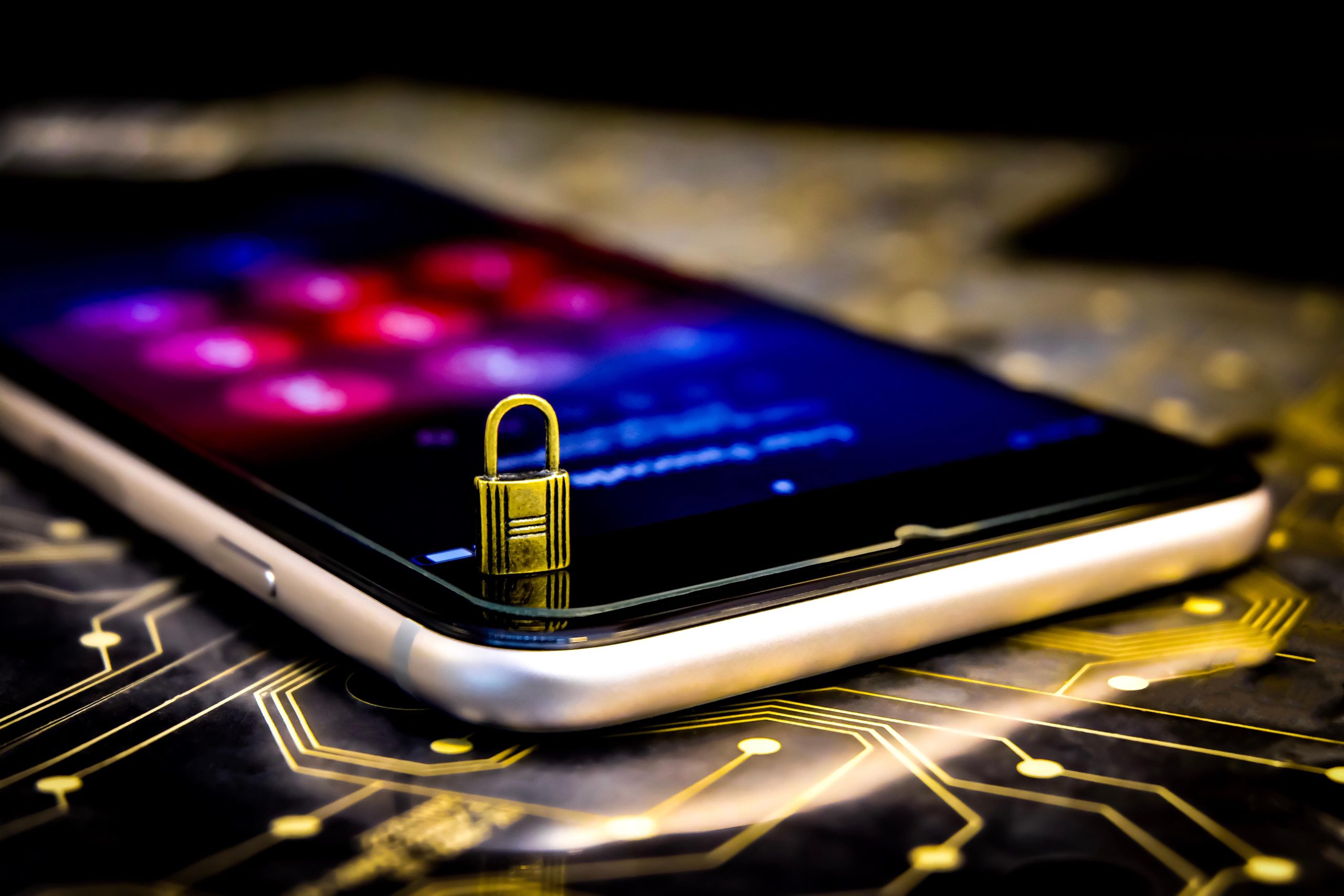With the COVID-19 outbreak there are now a lot of people working remotely from home. This not only complicates communication issues on projects and causes motivation problems to get work done. It can also show cyber security threats that you may not be aware of. There is so much to worry about including the safety of your company’s important files and documents. Other worries can be cloud services, and network. All of which could all be at a serious risk without you even knowing. Now more than ever hacker threats are relevant to everyone. Let’s discuss steps that you can take at home to make sure all of your information and network is safe.
Strong Passwords
One of the easiest ways to stay secure while working from home is to set up strong passwords. This includes not using the same or similar passwords on different accounts. This is because if one does get hacked your other accounts will be safe. A strong password is made up of a long string of upper and lowercase letters, numbers, and special characters. While these passwords are difficult to remember, there are tools to help. Password Managers Password managers are very helpful and will create, remember, and autofill strong passwords for you so you don’t have to. The best thing is, you only have to remember on strong password.
Another way to assist with strong passwords is to use two factor authentication.This adds an extra step to logging into an account. It will verify that it is someone within your company or yourself trying to log in. The verification step will be in the form of an email or text asking you to verify the login.
Some two factor authentication tools are now using facial recognition or a fingerprint scanner for the second step. This is a sure fire way to make sure you know who is logging into your accounts and when.If it’s not someone who should be on the account, you can decline access with the two factor authentication tool.
Install and Backup
Another way to secure your network at home is to install updates regularly and backup all of your important data. Updates are something that most people find inconvenient, but they are super important to keep up on. Most updates to applications and software contain patches to security networks to keep their users safe from cyber attacks.
Manually looking for updates is not typically something any of us do which is fine. Most devices today are able to update applications and software automatically. You can even schedule them to happen when you’re asleep. Most devices have automatic updates that run from 2 to 6 a.m. depending on your device. This way, updates won’t get in the way of your day to day activities, and you will still be safe from attacks.
Backing up data is also important for a secure network. If you have fallen under a cyber attack, important data can be completely wiped from your network and lost forever. Backing up your data will make sure all of your important data is always available and never lost. Hardware backups are an option, but, today, cloud storage and backup services are the most popular options. With a cloud backup service, you can customize your backup data and storage options.
Sketchy Emails
One thing to be aware of, especially during the time we are living in currently, is sketchy emails. With the pandemic, we should expect a great increase in suspicious interactions from people looking for access to your information. These can be in the form of emails, phone calls and even text messages. These messages, across all formats, will be targeting credit card information and account takeover fraud.
To spot these emails and texts, look for odd email addresses and grammatical errors in the body or subject line and do not click on any links provided unless you trust the sender. If the email does look legitimate and you click on a link, check to make sure it has a “https” and a padlock next to the URL to verify that it is a secure website.
At the very least we can take one last step to ensure we are safe and it’s a very simple one: password lock your device. This will easily prevent anyone from seeing confidential information on a device and most modern devices encrypt all data until the device is unlocked.
This is not just a time of uncertainty for everyone’s physical health, but for the health of our privacy when we are all put in a more vulnerable position. With the amount of information we have at our disposal, we can take these steps to make a safer home environment to prevent us from cyber criminals. If all of these steps are taken, your network and personal information should be safe whether you are working from home or in an office.

